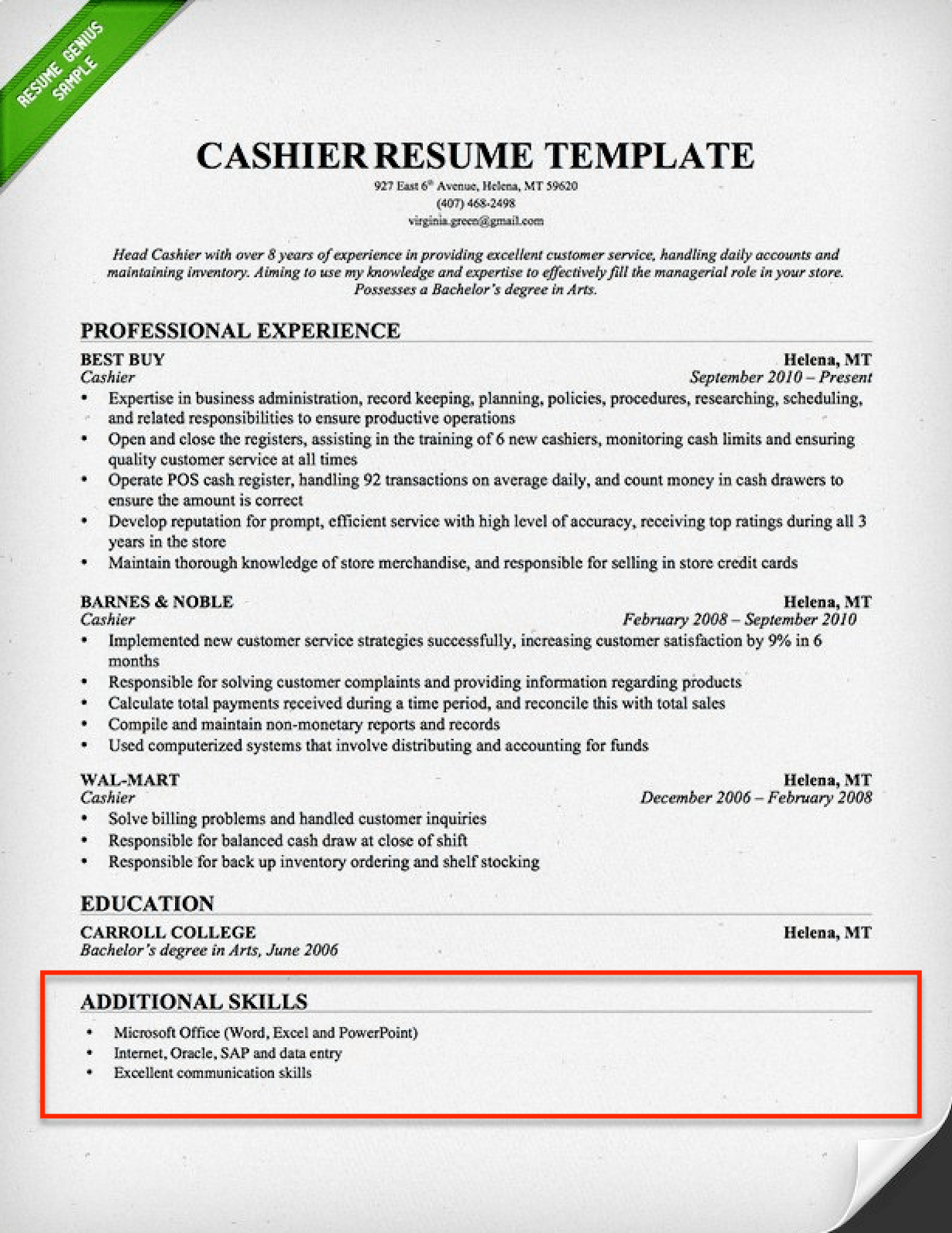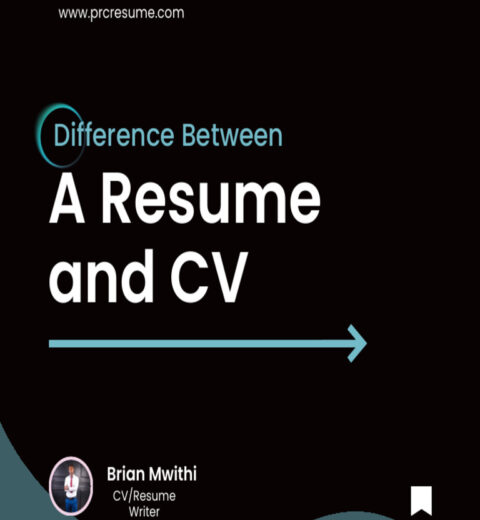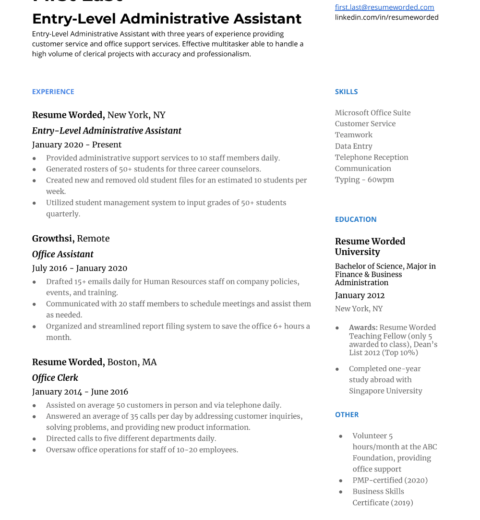When applying for a job, particularly in competitive fields, the significance of a well-crafted resume cannot be overstated. Among the various components of a resume, the skills section holds particular importance, serving as a beacon to potential employers regarding your competencies and capabilities. To adequately represent your professional abilities, it is essential to utilize this section wisely. This article will provide you with a detailed guide on what to write in the skills section of your resume, ensuring you showcase your qualifications effectively.
First and foremost, it is crucial to understand the distinction between hard and soft skills. Hard skills are specific, quantifiable abilities that can often be measured or tested, such as proficiency in programming languages, data analysis, or certifications like CPR. On the other hand, soft skills refer to interpersonal and communicative traits such as teamwork, adaptability, and problem-solving. A well-balanced skills section should ideally feature a mix of both to present a holistic view of your capabilities.
When determining which skills to list, begin by conducting thorough research on the job description. Carefully analyze the qualifications and competencies emphasized by the employer. For instance, if you are applying for a marketing position, note the specified requirements regarding digital marketing expertise, analytical thinking, and creativity. Tailoring your skills section to reflect the terminology and phrases used in the job listing can significantly enhance your resonance with prospective employers.
After identifying relevant skills, it is advisable to categorize them for clarity and coherence. This organization not only makes it easier for hiring managers to digest your qualifications but also showcases your meticulousness. You might designate two subcategories: “Hard Skills” and “Soft Skills.” Under each category, prioritize the skills that are most pertinent to the job you are vying for. In this way, you present a cohesive, targeted argument for your candidacy.
When articulating hard skills, it is vital to include quantifiable metrics wherever possible. For instance, rather than stating “Experienced in sales,” refine your statement to “Achieved a 25% increase in sales over the fiscal year through strategic outreach initiatives.” This not only highlights your capabilities but substantiates them with concrete evidence, elevating your appeal to employers.
In terms of soft skills, it’s prudent to provide examples or brief anecdotes that vividly illustrate how you have effectively employed these traits in professional settings. For instance, stating “Possess strong leadership skills” could be strengthened by adding a phrase like “Led a diverse team of 10 individuals in a high-pressure environment to achieve a collective goal, resulting in 30% increased efficiency within six months.” Contextualizing your soft skills grants them greater weight and relevance.
Another essential tactic is to avoid generic skills that lack specificity. Terms like “good communication skills” or “team player” are so ubiquitous that they tend to lose impact. Instead, replace these with more descriptive phrases that elucidate the particular context in which you excel. For example, consider using “Facilitated cross-departmental collaboration to streamline project delivery, enhancing inter-team communication and resulting in a 20% reduction in project turnaround times.”
Furthermore, consider the inclusion of relevant tools and technologies you are familiar with in your skills section. Proficiency in industry-standard software or platforms such as Adobe Creative Suite for design roles or Salesforce for sales positions can set you apart from other candidates. By listing specific tools relevant to the role, you demonstrate both your expertise and your willingness to utilize current technologies to enhance productivity.
It is advisable to limit the number of skills listed to around six to eight for optimal readability. A lengthy list can overwhelm hiring managers and detract from the critical skills you wish to highlight. Moreover, as you refine your resume for different applications, continuously tailor the skills section to align with the unique requirements of each job.
Finally, remember that integrity is paramount. Avoid the temptation to embellish or fabricate skills. Any scrutiny into your background could reveal discrepancies, potentially jeopardizing your chances of securing employment. It is far wiser to present an authentic and true representation of your abilities.
In conclusion, the skills section of your resume serves as the canvas upon which you paint a picture of your professional aptitude and potential. By meticulously selecting and articulating hard and soft skills relevant to the job you are targeting, utilizing metrics and descriptive language, and incorporating pertinent tools, you can craft a compelling narrative that resonates with hiring managers. Remember, the goal is to not just list skills, but to illuminate your unique qualifications that contribute to organizational success. The meticulous approach you adopt here will ultimately convey that you are not merely a candidate; you are the right candidate for the job.




